In Ukraine’s Kharkiv, ballet offers ‘rebirth’ after bombs and bullets
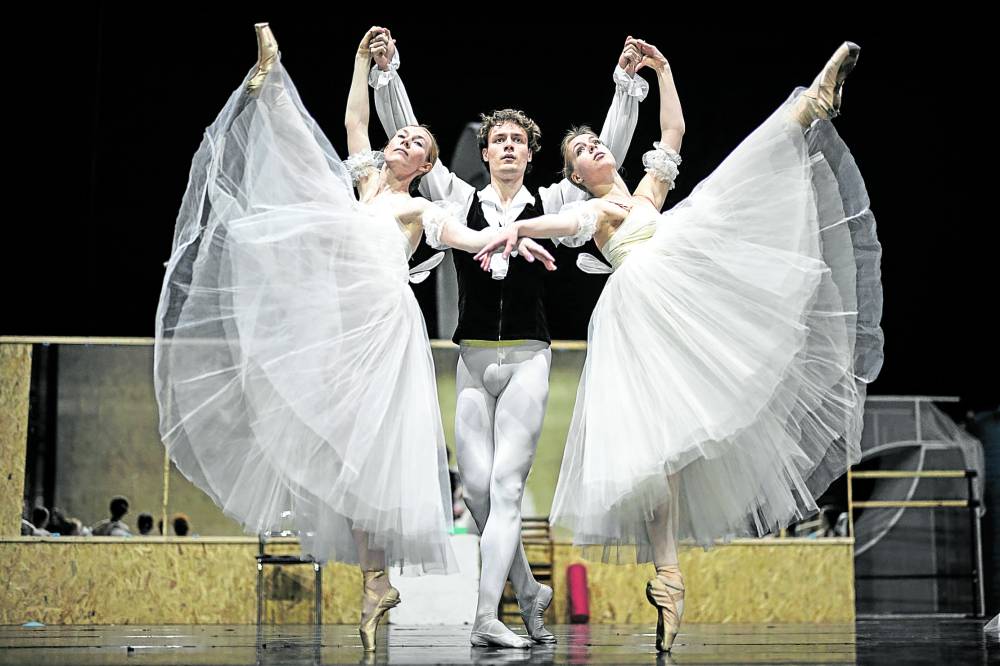
KHARKIV, UKRAINE—In the Ukrainian city of Kharkiv, it’s hard to escape the war with Russia.
On some days, when the wind blows in the right direction, residents of the historic city can hear the boom of artillery fire from the front line, some 30 kilometers away.
Most nights, Russian kamikaze drones packed with explosives buzz over apartment buildings as parents put their children to bed. Frequently—but unpredictably—a Russian ballistic missile will slam into the city.

Three years on from Russia’s full-scale invasion of Ukraine, for many people in Kharkiv, the war with its unrelenting, inescapable proximity, takes a mental toll.
But there is a space in the city where—for a few fleeting hours—the war stops existing.
In the dark, brick-walled basement of the Kharkiv National Academic Opera and Ballet Theatre, a dance company has created a space protected from drones and bombs where audiences can lose themselves in performances of classic ballets.
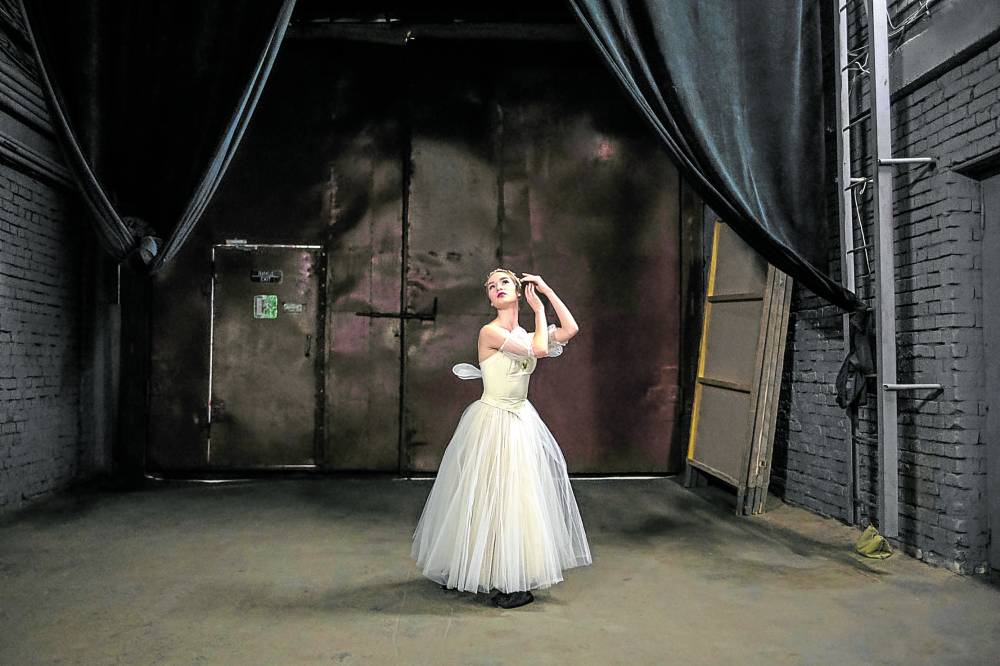
Full performance
In April, the space was host to performances of “Chopiniana,” an early 20th-century ballet with music by Frederic Chopin. Despite the makeshift setting, the ballet was performed with full classical pomp, complete with corps de ballet and orchestra.
That marked a milestone for Kharkiv’s cultural life because it was the first full performance of a classical ballet in the city since February 2022, when Russian troops invaded Ukraine.
“In spite of everything—the fact that bombs are flying, drones, and everything else—we can give a gift of something wonderful to people,” said Antonina Radiievska, artistic director of Opera East, the ballet company which staged the performance.

“They can come and, even if it’s just for an hour or two, completely immerse themselves in a different world.”
Despite Ukraine’s history of excellence in classical ballet, the art form seems far removed from the everyday lives of Ukrainians in wartime. Daily routines are given over to checking apps for drone attack warnings, sleeping on the metro station floor to escape an air raid or seeking news of relatives on the front line. Pirouettes, pas-de-deux and chiffon tutus feel a world away.
New normal
Nevertheless, the journey of Kharkiv’s ballet through the war mirrors the ways Ukrainian society has adapted and evolved.
On Feb. 23, 2022, the National Academic Opera and Ballet Theatre put on a performance of the ballet “Giselle.” The following day, Russia launched its full-scale invasion. As Moscow’s troops reached the outskirts of Kharkiv and threatened to capture the city, the theater closed its doors and many of the ballet troupe moved away.
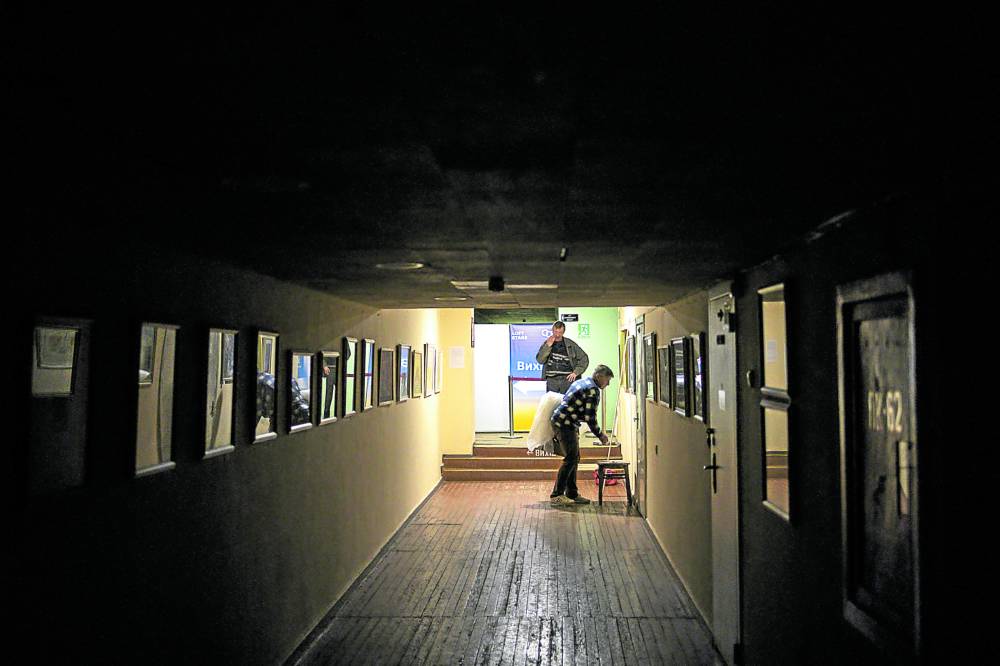
Some of them reassembled in Slovakia and Lithuania, and began touring ballet productions outside Ukraine with help from European sponsors.
By 2023, the war was grinding on, but the situation in Kharkiv, in Ukraine’s northeast, had stabilized after Russian ground forces pulled back.
The realization dawned on the city that this was a long game, a new, wartime reality. Local people started referring to the city—and themselves—using the Ukrainian word “nezlamniy,” meaning invincible.
It was that year that work began on converting the theater basement into a performance space.
In October 2023, it began to be used as a rehearsal space. In spring the following year, the theater was granted permission to bring in an audience, and it held small-scale ballet performances such as children’s concerts.
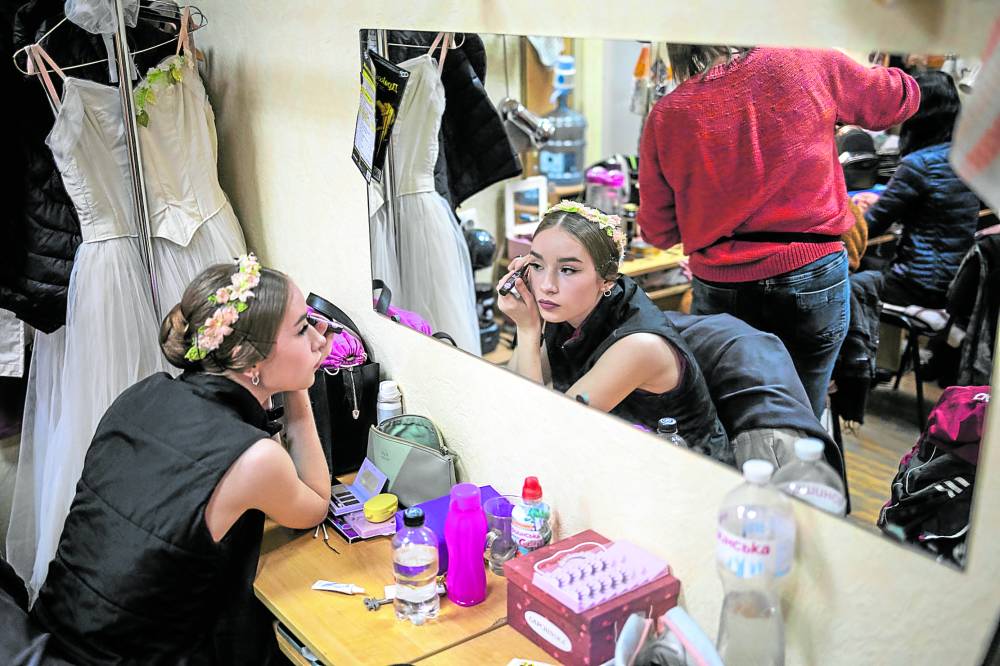
Wartime cultural journey
The revival of “Chopiniana” represents the next milestone in Kharkiv’s wartime cultural journey.
Staging a classical opera again sends a message that Ukraine is still standing, according to Igor Tuluzov, director-general of Opera East, the company staging the production. “We are demonstrating to the world that we really are a self-sufficient state, independent, in all its aspects, including cultural independence,” he said.
The auditorium seats 400 people on stackable chairs, compared to 1,750 in the main theater upstairs, where the plush mustard seats lie empty.
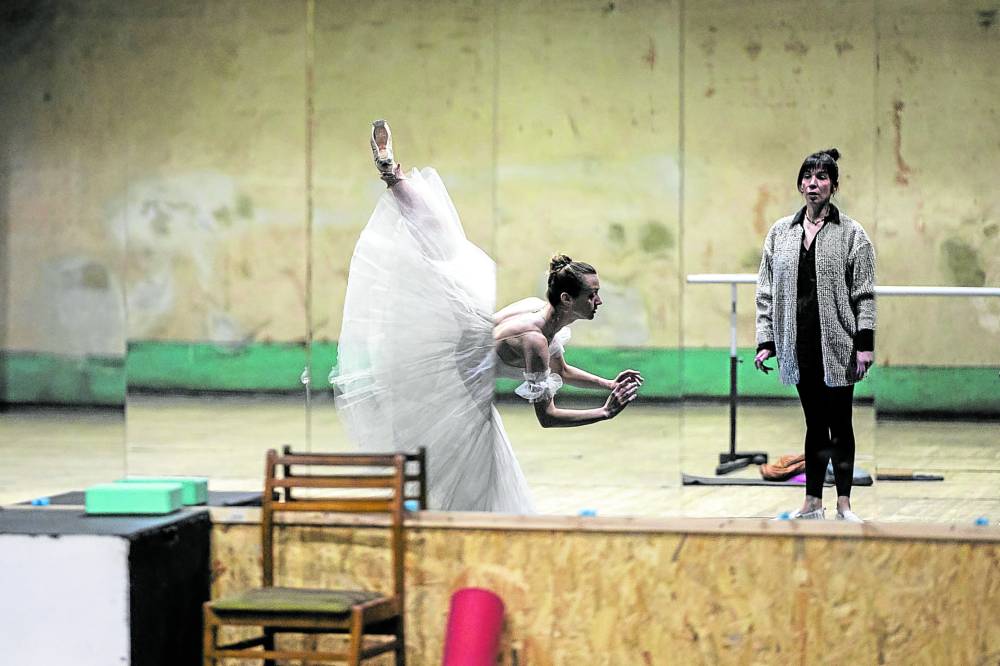
The stage downstairs is one quarter the size of the main stage. The aesthetic is gray-painted brick, concrete floors, pipes and electricity ducting running along the walls—a contrast to the varnished hardwood and marble of the space upstairs. The acoustic qualities of the basement, say the performers, don’t match the lofty expanses of the main theater.
What matters to artistic director Radiievska, though, is that after a long hiatus, she and her troupe can once again perform at their best, in front of an audience.
“It means, you know, life,” she said. “An artist cannot exist without the stage, without creativity, without dance or song. It’s like a rebirth.”
Reuters, the news and media division of Thomson Reuters, is the world’s largest multimedia news provider, reaching billions of people worldwide every day. Reuters provides business, financial, national and international news to professionals via desktop terminals, the world's media organizations, industry events and directly to consumers.

















